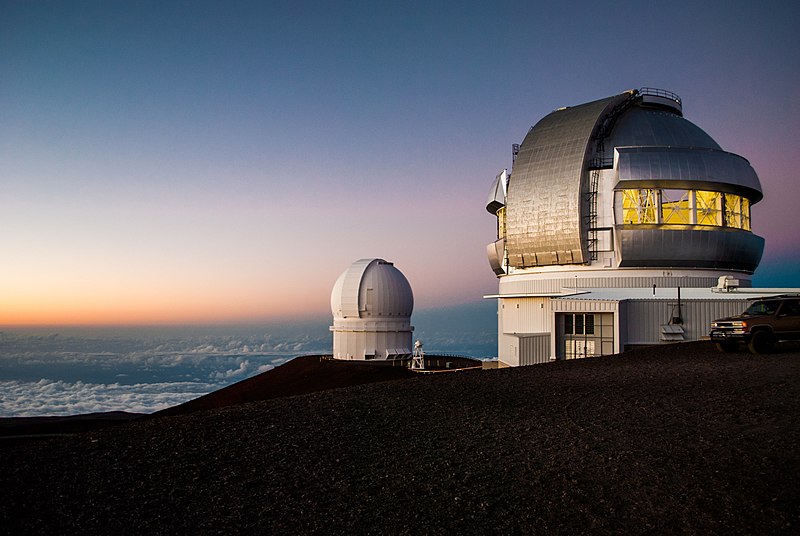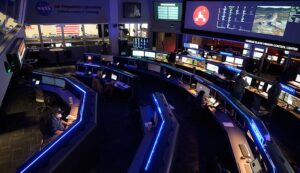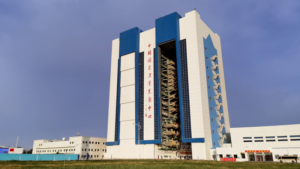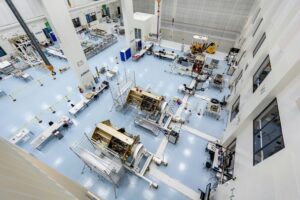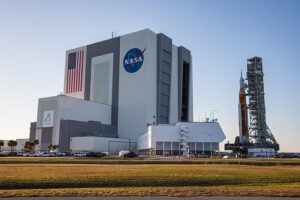The Mauna Kea Observatories, located on the summit of Mauna Kea in Hawaii, USA, represent one of the world’s most significant astronomical research sites.
Positioned at an altitude of 13,796 feet (4,205 meters), these observatories benefit from exceptionally clear skies, minimal light pollution, and stable atmospheric conditions, making them ideal for astronomical observations. The complex houses a collection of international telescopes, each contributing to groundbreaking discoveries in various fields of astronomy.
Notable achievements include the imaging of distant galaxies, the discovery of exoplanets, and significant contributions to our understanding of black holes and dark matter. The observatories’ primary objectives are to advance our knowledge of the universe, foster international collaboration in astronomical research, and develop cutting-edge observational technologies.
History and Evolution
The history of the Mauna Kea Observatories dates back to the mid-20th century when scientists recognized the summit’s potential for astronomical observations. The first telescope, the University of Hawaii 2.2-meter telescope, was established in 1970, marking the beginning of Mauna Kea’s evolution into a premier astronomical site. Throughout the 1970s and 1980s, additional telescopes were constructed, each bringing new capabilities and enhancing the site’s overall research potential.
One of the significant milestones in the observatories’ history was the commissioning of the W. M. Keck Observatory in the early 1990s. The Keck Observatory’s twin 10-meter telescopes are among the largest optical and infrared telescopes in the world, enabling astronomers to make unprecedented observations of distant celestial objects. The Subaru Telescope, operated by the National Astronomical Observatory of Japan, was another notable addition in 1999, providing powerful capabilities for wide-field imaging and spectroscopy.
Technological advancements at Mauna Kea have included the development of adaptive optics systems, which compensate for atmospheric distortion and significantly enhance image clarity. This technology has been instrumental in studying the dynamics of stars near the Milky Way’s center and in observing faint objects in the distant universe.
The observatories have also been involved in key missions and collaborations, such as the Event Horizon Telescope project, which produced the first image of a black hole, and various exoplanet surveys that have identified numerous planets orbiting distant stars. These achievements underscore the observatories’ pivotal role in expanding our understanding of the cosmos.
Infrastructure and Facilities
The Mauna Kea Observatories feature a range of advanced facilities to support astronomical research:
- W. M. Keck Observatory: Home to two 10-meter telescopes, some of the largest optical and infrared telescopes globally.
- Subaru Telescope: An 8.2-meter optical-infrared telescope operated by the National Astronomical Observatory of Japan, known for its wide-field imaging capabilities.
- Gemini North Observatory: A 8.1-meter telescope that is part of the international Gemini Observatory, offering high-resolution imaging and spectroscopy.
- James Clerk Maxwell Telescope (JCMT): A 15-meter submillimeter-wavelength telescope used for studying cold dust and gas in the universe.
- Canada-France-Hawaii Telescope (CFHT): A 3.6-meter telescope that has made significant contributions to the study of dark matter and galaxy formation.
- Very Long Baseline Array (VLBA): One of the antennas in a network of ten radio telescopes across the US, used for high-precision radio astronomy.
